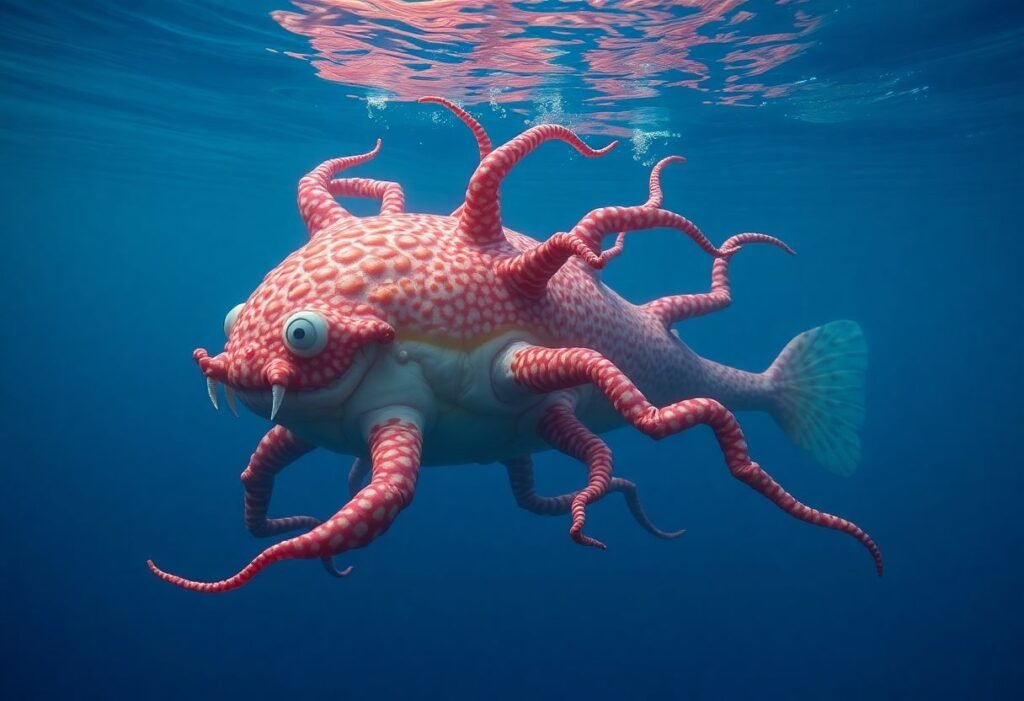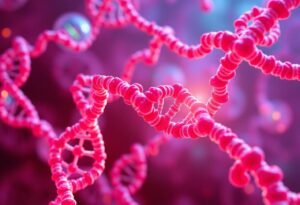Recent research has unveiled a remarkable phenomenon in the world of marine biology. Some comb jellies possess the incredible ability to merge their bodies into a single organism when faced with physical injury. This capability not only highlights the resilience of these creatures but also opens up new avenues for understanding regeneration and cooperation in the animal kingdom.
Exploring the Fascinating World of Comb Jellies
Comb jellies, also known as ctenophores, are intriguing marine creatures that exhibit a unique set of characteristics. Unlike traditional jellyfish, their bodies are composed of a gel-like substance and feature rows of tiny, hair-like structures known as cilia, which they use for swimming. These enchanting animals are not solely passive; they actively hunt small prey, showcasing their role in the ocean’s delicate ecosystem. Their ability to merge and share vital organs poses important questions about their evolutionary adaptations and resilience in the face of adversity.
The Science Behind Body Fusion
The merging ability exhibited by comb jellies comes from their fascinating biology. When two injured individuals come into contact, they can physically fuse together, combining their nervous and digestive systems. This process allows them to share nutrients and potentially recover from injuries that would be fatal if they remained isolated. The molecular mechanisms governing this fusion reveal groundbreaking insights into cellular communication and cooperation among species.
Implications for Regenerative Biology
The extraordinary ability of comb jellies to merge introduces compelling implications for the field of regenerative biology. As researchers delve deeper into these merging mechanisms, they hope to uncover clues that could inspire advancements in regenerative medicine for humans. Understanding how these creatures repair and rejuvenate may one day lead to breakthroughs in healing severe injuries and diseases through enhanced cellular regeneration.
Interspecies Cooperation in the Animal Kingdom
The phenomenon of body merging may not be limited to comb jellies alone; it draws parallels to various forms of interspecies cooperation observed in nature. This behavior poses intriguing questions about social structures and survival strategies among different species. By studying such interactions, scientists can gain a deeper understanding of ecological relationships and the factors that promote cooperation, ultimately influencing conservation strategies.
The Future of Research on Comb Jellies
As research into the merging abilities of comb jellies continues to evolve, the potential applications span from biotechnology to environmental conservation. By unlocking the secrets of these marine wonders, scientists may develop innovative approaches to bioengineering and enhance our understanding of marine ecosystems. The study of comb jellies serves as a reminder of the complexities of life under the sea and the importance of preserving these unique organisms for future generations.
Conclusion and Observations
The discovery of comb jellies’ ability to merge in response to injury is not just a curiosity of nature but a vital indicator of resilience and adaptation in marine life. Continuing to explore these amazing creatures will not only enrich our knowledge of biological processes but also inspire new strategies for human health, cooperation, and conservation efforts. Though the marine world may seem strange and alien, it continually reveals the wonders of life and survival.
Disclaimer: The information provided in this article is based on current scientific research and is intended for educational purposes. Readers should consult relevant professionals for advice regarding any specific situations.





















